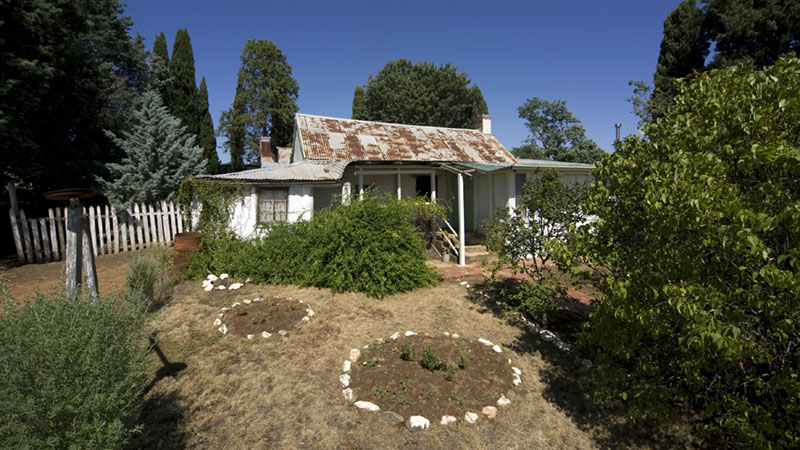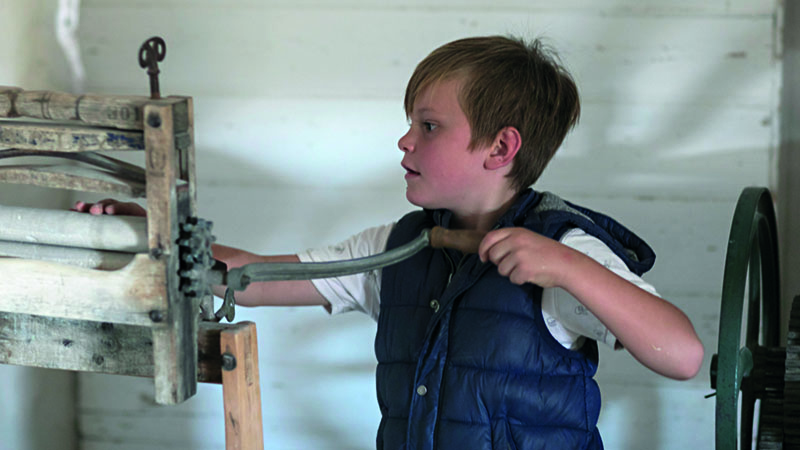Snapshot
Opening Hours
Session Times
Session Duration
Facilitated Program
Entry Fees
Teacher to Student Ratio
ACT Historic Places
Lanyon Homestead
Lanyon Homestead, at the foot of the Brindabellas on the Murrumbidgee River, is the most intact colonial property in the Canberra region.
The homestead and surrounding landscape are rich with natural, Aboriginal and pastoral heritage.
Located within the ‘Lanyon Bowl’, this area has supported human occupation for thousands of years.
Students can see evidence of Aboriginal land use, convict era outbuildings, an 1850s pastora lhomestead and productive kitchen gardens.
Learning programs offer immersive, site-specific experiences that include sustainability and Aboriginal perspectives, convict role play, artefact studies, crafts and games.
Tharwa Drive, Tharwa ACT 2620
Calthorpes House
Calthorpes House, built in 1927, is a window into life in Canberra and the new Federal Capital.
Its intact collection of furnishings and personal objects reflect the domestic life and social history of the Calthorpe family and the young capital city.
This treasure trove provides an immersive learning experience of the life Harry and Dell Calthorpe (and daughters Del and Dawn) lived in the house.
Students will enjoy exploring HASS Australian Curriculum learning through this historic portal into the emerging National Capital and the changing landscape of a growing city.
24 Mugga Way, Red Hill ACT 2603
Mugga-Mugga Cottage
Mugga Mugga Cottage is set amidst native temperate grasslands within the heart of urban Canberra.
The natural environment includes endangered plants, animals and ecosystems, with archaeological evidence of Aboriginal occupation.
The 1830s cottage was built as a shepherd’s outlook as part of Duntroon, one of the first colonial estates of the Limestone Plains.
The Curley family moved into Mugga Mugga Cottage in 1913, with the opening of Canberra as the new Federal Capital, and the intact domestic collection reflects the life of the family over 70 years.
Learning programs explore sustainability and Aboriginal perspectives, the influence of different land management practices, changing landscapes and the social histories of different families who lived here
129 Narrabundah Lane, Symonston ACT 2603


